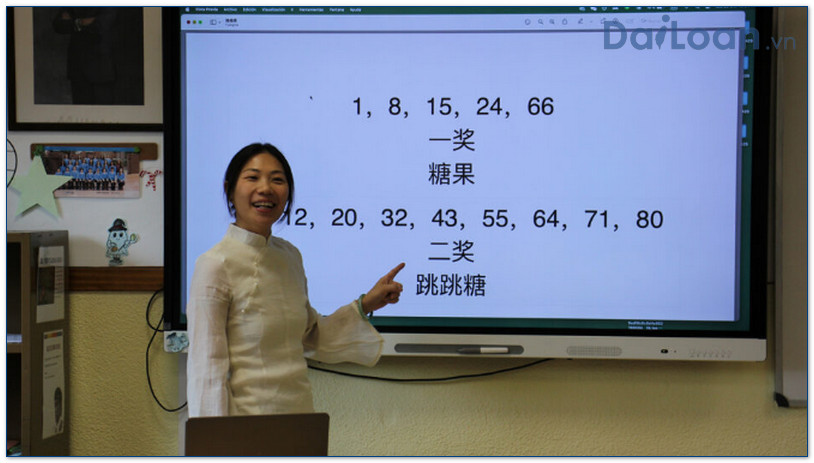Introduction
In the realm of the Chinese language and literature, the term  意象 (yì xiàng) holds significant importance. Often translated as “imagery” or “symbol,” 意象 embodies deeper meanings and reflects emotional and psychological states. This article delves into the meaning, grammatical structure, and practical usage of 意象 in various contexts to enrich your understanding of this fascinating concept.
意象 (yì xiàng) holds significant importance. Often translated as “imagery” or “symbol,” 意象 embodies deeper meanings and reflects emotional and psychological states. This article delves into the meaning, grammatical structure, and practical usage of 意象 in various contexts to enrich your understanding of this fascinating concept.
Meaning of 意象 (yì xiàng)
The term 意象 (yì xiàng) can be dissected into two components: 意 (yì) meaning “meaning” or “intention,” and 象 (xiàng) which refers to “image” or “form.” Together, they craft a nuanced understanding of imagery, emphasizing emotionally charged visuals used in both spoken and written forms of communication.
意象 transcends mere physical descriptions; it encompasses metaphorical representations that resonate with the psyche. For instance, a 意象 can evoke a sense of nostalgia, longing, or peace, making it a powerful tool for expression in poetry and prose.
Grammatical Structure of 意象 (yì xiàng)
In terms of grammatical structure, 意象 (yì xiàng) functions primarily as a noun within a sentence. Its use can range from isolation in a thematic discussion to incorporation within descriptive phrasing. Below are essential aspects to consider:
1. Position in a Sentence
Typically, 意象 can serve as either the subject or object in a sentence. For instance:
- Subject Example: 意象在这首诗中起了重要作用。(The imagery plays an important role in this poem.)
- Object Example: 他描绘的意象让我印象深刻。(The imagery he depicted impressed me deeply.)
2. Modifiers and Use of Adjectives
When describing 意象, it can be accompanied by adjectives to enhance its descriptive power. For example:
- 生动的意象 (vivid imagery)
- 抽象的意象 (abstract imagery)
3. Use in Complex Sentences
意象 can also be integral to more complex sentences where it interacts with conjunctions and complements. For instance:
虽然这幅画的意象十分简单,但它却深深打动了观众。(Although the imagery in this painting is very simple, it profoundly moved the audience.)
Example Sentences Using 意象
To solidify your understanding of 意象 (yì xiàng), let’s look at some illustrative examples that demonstrate its usage in various contexts:
1. Literary Context
在这部小说中,意象的使用使人物的内心冲突得以展现。(In this novel, the use of imagery showcases the internal conflicts of the characters.)
2. Poetic Expression
诗人在他的作品中运用了大量的意象,以表达对爱的渴望。(The poet employed a great deal of imagery in his work to express a longing for love.)
3. Everyday Conversation
你能否分析一下这首歌的意象?(Can you analyze the imagery in this song?)
4. Visual Arts
这幅画的色彩和意象共同表达了希望的主题。(The colors and imagery of this painting collectively express a theme of hope.)
Conclusion
In conclusion, understanding 意象 (yì xiàng) is crucial for anyone interested in delving into the depths of Chinese language and literature. Its ability to convey complex emotions and abstract concepts makes it an invaluable aspect of communication. Whether you are a student, a scholar, or simply a lover of the arts, appreciating the richness of 意象 will enhance your grasp of Chinese culture and expression.

Sứ mệnh của Chuyên là giúp đỡ và truyền cảm hứng cho các bạn trẻ Việt Nam sang Đài Loan học tập, sinh sống và làm việc. Là cầu nối để lan tỏa giá trị tinh hoa nguồn nhân lực Việt Nam đến với Đài Loan và trên toàn cầu.
CÓ THỂ BẠN QUAN TÂM
Du học Đài Loan
Lao Động Đài Loan
Việc Làm Đài Loan
Đơn Hàng Đài Loan
Visa Đài Loan
Du Lịch Đài Loan
Tiếng Đài Loan
KẾT NỐI VỚI CHUYÊN
Zalo: https://zalo.me/0936126566
Website: www.dailoan.vn




